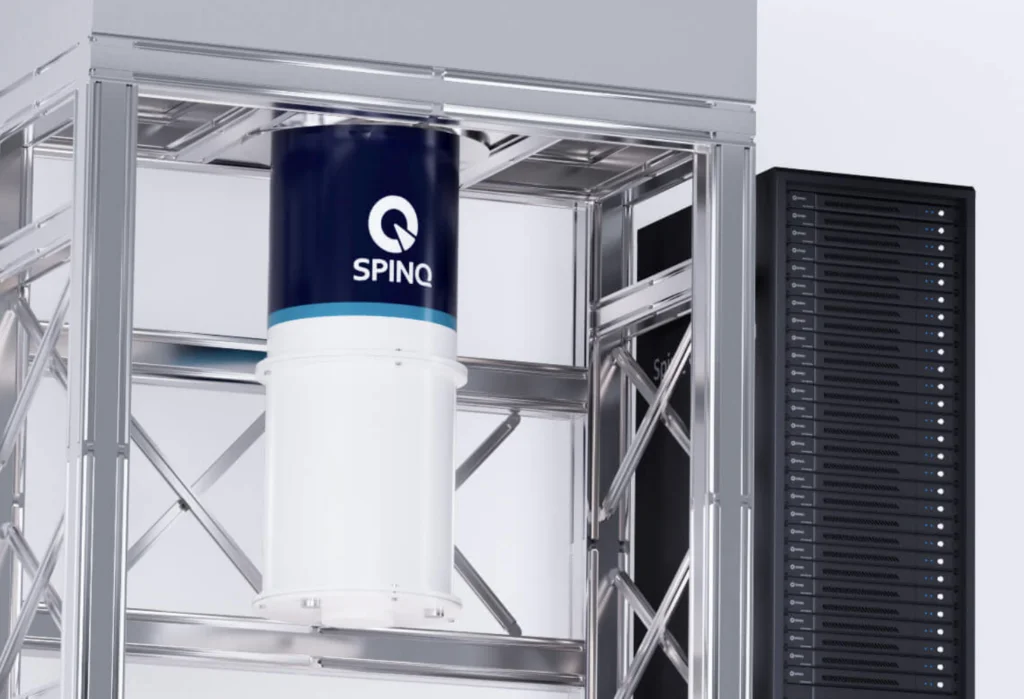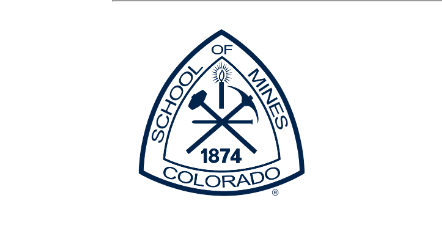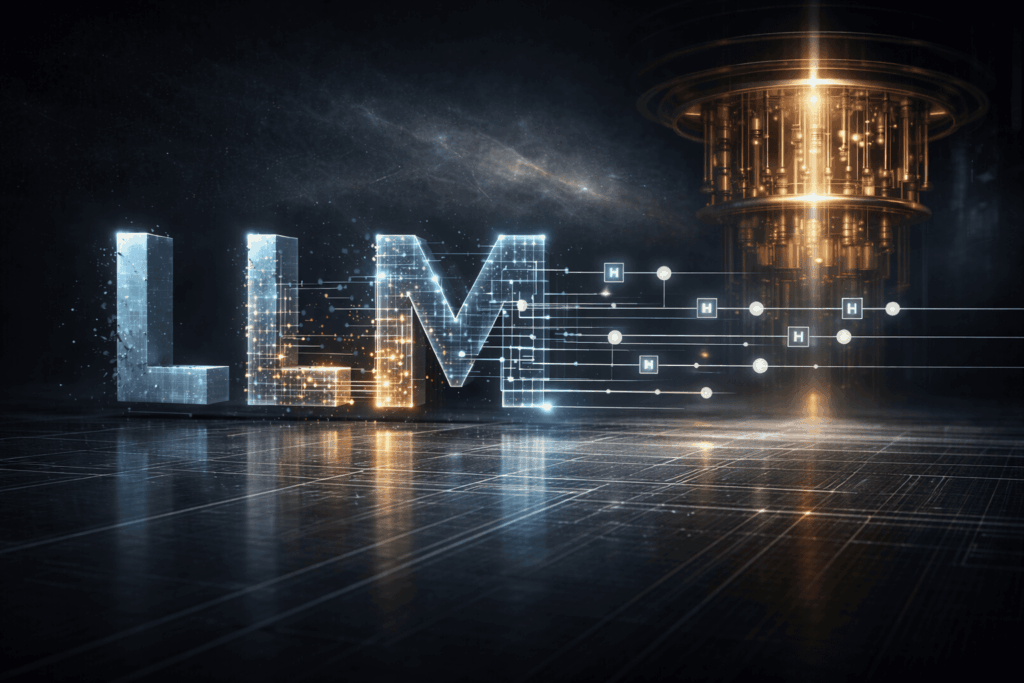Insider Brief:
- Researchers from Zhejiang Key Laboratory, Tsinghua University, QuEra Computing and other collaborators have successfully observed long-lived topological time-crystalline order using superconducting qubits on a programmable quantum processor.
- The team demonstrated the system’s ability to break discrete time-translation symmetry while maintaining topological order, a property confirmed through measurements of topological entanglement entropy.
- The study revealed that the topological time crystal system is resilient to weak perturbations, demonstrating its potential for quantum computing applications, particularly in error correction and maintaining qubit coherence.
The challenge of observing and controlling complex phases of matter has long intrigued researchers, particularly when it comes to non-equilibrium systems like time crystals. In a new study published in Nature Communications, scientists from Zhejiang Key Laboratory, Tsinghua University, NIST, QuEra Computing and others report the successful observation of long-lived topological time-crystalline order in a quantum processor using superconducting qubits. By using a programmable quantum processor, the team demonstrated the stability of a prethermal topologically ordered time crystal—an exotic phase of matter that defies traditional equilibrium. According to the study, this may provide additional possibilities for exploring quantum phases that have remained inaccessible in natural materials.
Topologically Ordered Time-Crystalline Order — Not Science Fiction
In traditional physics, phases of matter, such as liquids or solids, are typically described using broken symmetries and local order parameters. However, topological order introduces a new way of classifying phases based on long-range quantum entanglement and resilience to local disturbances. This kind of order, as noted in the study, doesn’t rely on local measurements and has been a topic of interest, especially in the field of quantum computing, as it could help improve error-correction protocols.

The concept of a time crystal—an exotic state of matter that breaks time-translation symmetry—has been extended in this study to include topological order, creating what is known as a topologically ordered time crystal. As noted by the researchers, this type of time crystal is unique because it displays symmetry-breaking behavior only in non-local observables, which distinguishes it from previously observed conventional time crystals that operate on local observables.
The Quantum Setup: Superconducting Qubits and Surface Code Dynamics
The experiments were carried out using a two-dimensional square lattice of 18 programmable superconducting transmon qubits. According to the researchers, the qubits were driven periodically by applying a specific type of quantum circuit designed to simulate four-body interactions—a configuration that does not naturally arise in such systems but was integral for generating the topological order.
The study reports that the qubits showed a subharmonic response in their dynamics, indicating that the system broke discrete time-translation symmetry. The researchers attributed this behavior to the surface code Hamiltonian used in their model, which preserved the system’s topological properties even when subjected to periodic driving. These observations were supported by measuring nonlocal logical operators and topological entanglement entropy—a quantity that signifies the presence of long-range quantum entanglement.
Measuring Topological Entanglement and Resilience to Disturbances
Topological entanglement entropy, a hallmark of topologically ordered systems, was used to confirm the presence of topological order in the time-crystal system. By preparing a specific eigenstate of the quantum system, the team was able to measure entanglement entropy for different subsystem sizes, which deviated from the trivial-state value of zero. According to the study, this provides strong evidence for the overall resilience of the topological phase.
The researchers reported that the system’s entanglement entropy displayed behavior consistent with theoretical predictions, with minimal deviations due to experimental imperfections such as noise and gate errors. These findings suggest that despite the inherent challenges of working with NISQ devices, the team was able to achieve a high degree of precision in their measurements.
One of the defining characteristics of topological phases is their resistance to local perturbations. The researchers tested this by varying the strength of random on-site fields applied to the qubits, finding that the subharmonic response of the system persisted even under weak perturbations. This resilience, they noted, highlights the potential of such systems for practical quantum computing applications, where maintaining coherence despite noise is integral.
However, the study also pointed out that stronger perturbations did eventually break down the topological order, leading to a loss of the characteristic time-crystalline behavior. According to the researchers, this marks a clear boundary between the stability of the prethermal time-crystal regime and a more trivial, non-topological phase.
Implications for Quantum Computing
The observation of long-lived topologically ordered time-crystalline phases in quantum processors could be relevant for future developments in quantum computing. As highlighted in the study, such phases are potential candidates for building more resilient quantum memory, a key component in quantum error correction. Since the topological nature of these phases makes them resistant to local disturbances, they could help extend the coherence times of qubits, a current bottleneck in quantum technologies.
Additionally, this experiment represents a step forward in realizing complex quantum phases that cannot exist in equilibrium, expanding the toolkit available for quantum simulation and computation. Looking ahead, the researchers intend to explore other exotic quantum phases using similar setups. As noted in the paper, one interesting avenue for future research involves dynamically enriched topological orders, which could support even more complex quantum phenomena, such as non-Abelian anyons—particles that are expected to play a crucial role in fault-tolerant quantum computing.
This study demonstrates that, while current quantum devices are still limited by noise and qubit count, they are already capable of revealing new physical insights, particularly in the realm of non-equilibrium phases. As quantum hardware continues to improve, experiments such as this one may provide an even deeper understanding of quantum many-body systems and topologically ordered phases.
Contributing authors on the study include Liang Xiang, Wenjie Jiang, Zehang Bao, Zixuan Song, Shibo Xu, Ke Wang, Jiachen Chen, Feitong Jin, Xuhao Zhu, Zitian Zhu, Fanhao Shen, Ning Wang, Chuanyu Zhang, Yaozu Wu, Yiren Zou, Jiarun Zhong, Zhengyi Cui, Aosai Zhang, Ziqi Tan, Tingting Li, Yu Gao, Jinfeng Deng, Xu Zhang, Hang Dong, Pengfei Zhang, Si Jiang, Weikang Li, Zhide Lu, Zheng-Zhi Sun, Hekang Li, Zhen Wang, Chao Song, Qiujiang Guo, Fangli Liu, Zhe-Xuan Gong, Alexey V. Gorshkov, Norman Y. Yao, Thomas Iadecola, Francisco Machado, H. Wang, and Dong-Ling Deng.
















